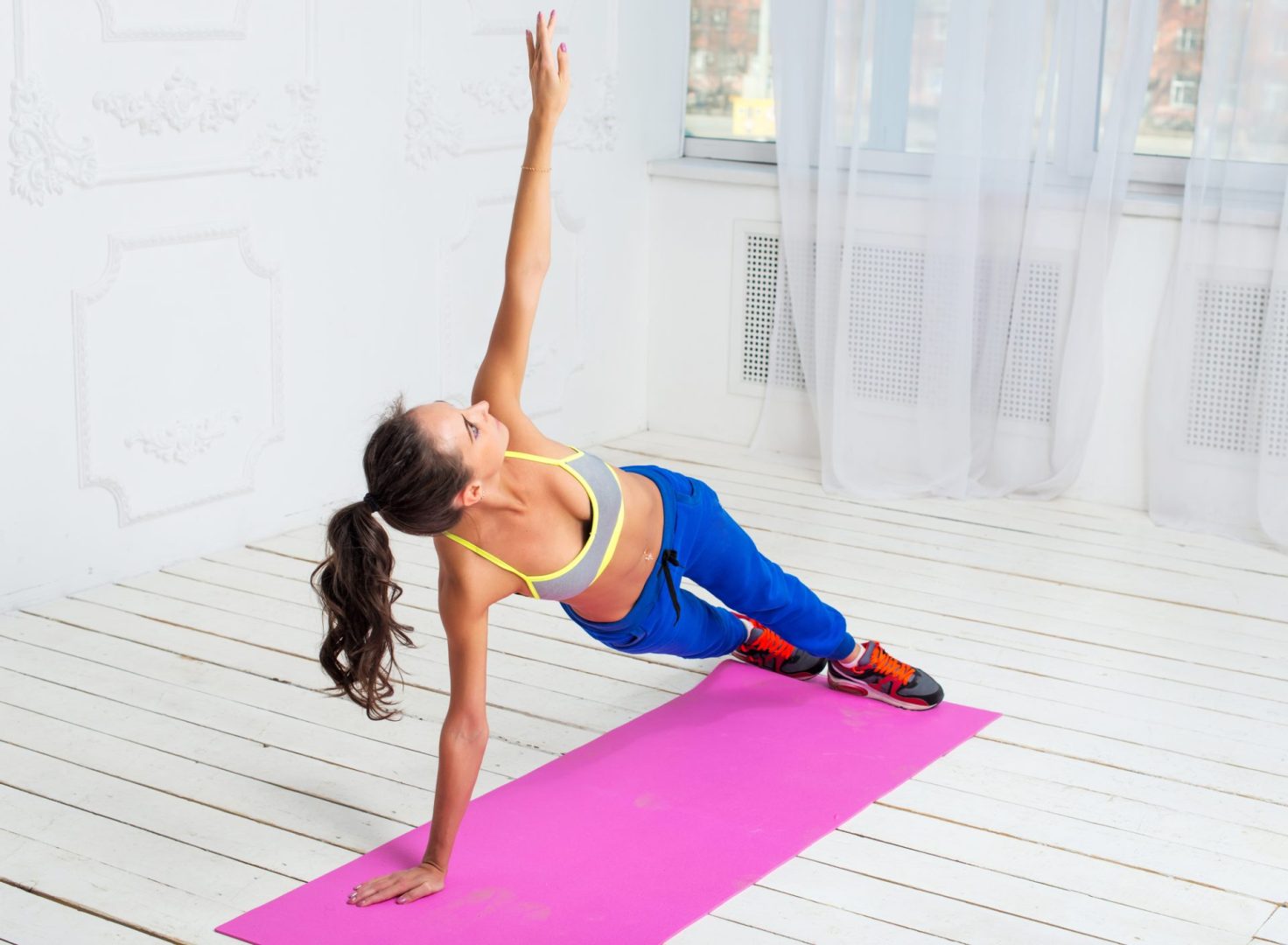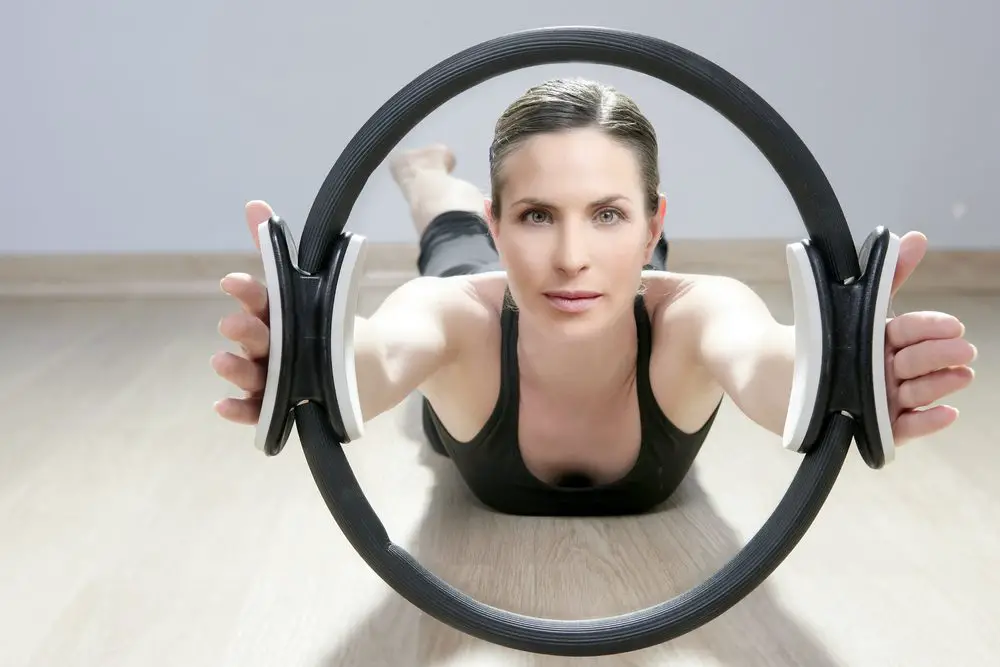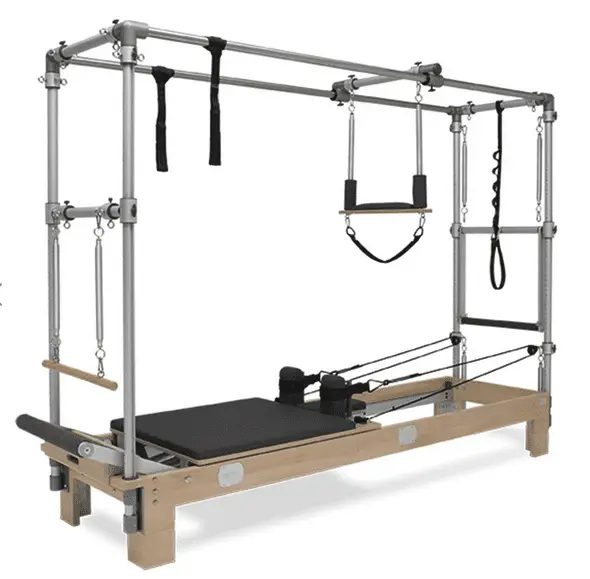Exercise
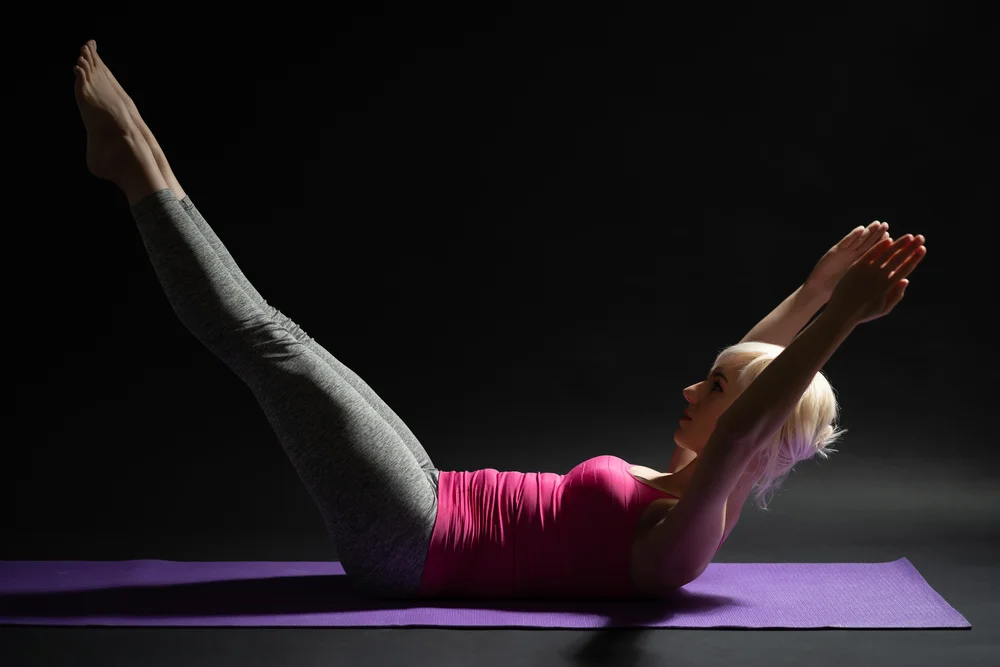
Pilates is a fantastic exercise method to strengthen your core, correct your posture and produce a more mindful self, however, the movements have a secret benefit that many people don’t know about.
Along with reducing your stress and tension, pilates can also reduce and relieve your migraines.
What Is Pilates?
Pilates is very similar to yoga. Both work through your muscles in an attempt to stretch and relieve tension while also reaching a sense of mindfulness. However, yoga differs from pilates in the level of intensity.
Pilates does more than improve your flexibility, it also works on your core muscles and helps you build upon your form.
In a typical pilates class, you can expect to lie on the floor and twist your body into back-clicking positions, or use an exercise ball to stretch your limbs. The intensity comes from the holding times of these positions, as they force your abdominal muscles to engage and keep you balanced.
Due to the mixture of yoga and strength workouts, anyone can join in with a pilates class. You don’t need to be a flexible gymnast, nor do you need to have abs of steel.
Instead, this workout is considered a gentle mixture of the two and is even suggested to elderly patients who need help regaining balance.
It’s this mixture of balance and mindfulness along with intensity and form that create the migraine relief we are looking for today.
How Can Pilates Help With Migraines?
Exercise in general is a great relief for migraine sufferers. This is because the endorphins created through exercise are enough to reduce high levels of stress and increase the ability to sleep.
For many migraine sufferers, the reason for their pain is due to those two inconveniences.
However, pilates is different from regular exercise due to the low impact and high mindfulness structure of the workouts.
Mindfulness is the ability to take in the positive, negative, and neutral inputs around you without reacting to them. We need to be mindful to reduce stress and allow ourselves to unwind from our information-overloading days.
Because pilates is both a physical and mental exercise, this means the workout can tackle your migraine from both angles.
It will release the endorphins needed to reduce tension headaches and balance your hormonal needs, while the mindfulness activity will help you disconnect from the world of stress around you.
This disconnection will help you separate from the cause of your migraine allowing you to stay pain-free for longer.
The more you complete these exercises the less frequent your migraine attacks will be. This is because your body will be ready to take on the stresses of your day due to the flexibility learned through mindfulness.
Ideally, completing these exercises 3 times a week for over 8 weeks will give your body the foundation it needs to relieve migraines with ease.
The 4 Pilates Moves To Reduce Migraine Pain
The 4 moves below should be completed in 1 session and each session should be completed 3 times a week. Following this advice will allow your mind to relax, helping to reduce and relieve your pain.
Before you start the exercises below, make sure to stretch your muscles first. This will prevent any soreness in the areas we are focusing on.
Exercise 1 – The Cat Hump
This exercise should be completed first as it will prepare your body for the additional workout movements below. It will also engage the spine and create a more mobile interaction.
Step 1 – Go onto your hands and knees, creating a table-like shape with your body.
Step 2 – Slowly move your head downwards until your chin almost touches your chest.
Step 3 – Push your pelvis forward causing your back to arch slightly.
Step 4 – Hold this position by keeping your pelvic floor and abdomen tight and engaged – Keep the hold for 5 seconds.
Step 5 – Release the tension and allow yourself to feel comfortable.
Repeat this movement 8 times, remembering to breathe on release. Focus on your muscles becoming engaged and the air filling your lungs.
By focusing on your body and breathing you will be entering into a mindfulness state while your body starts to stretch.
You can continue this movement for as long as you need to help reach the desired tranquil state of mind.
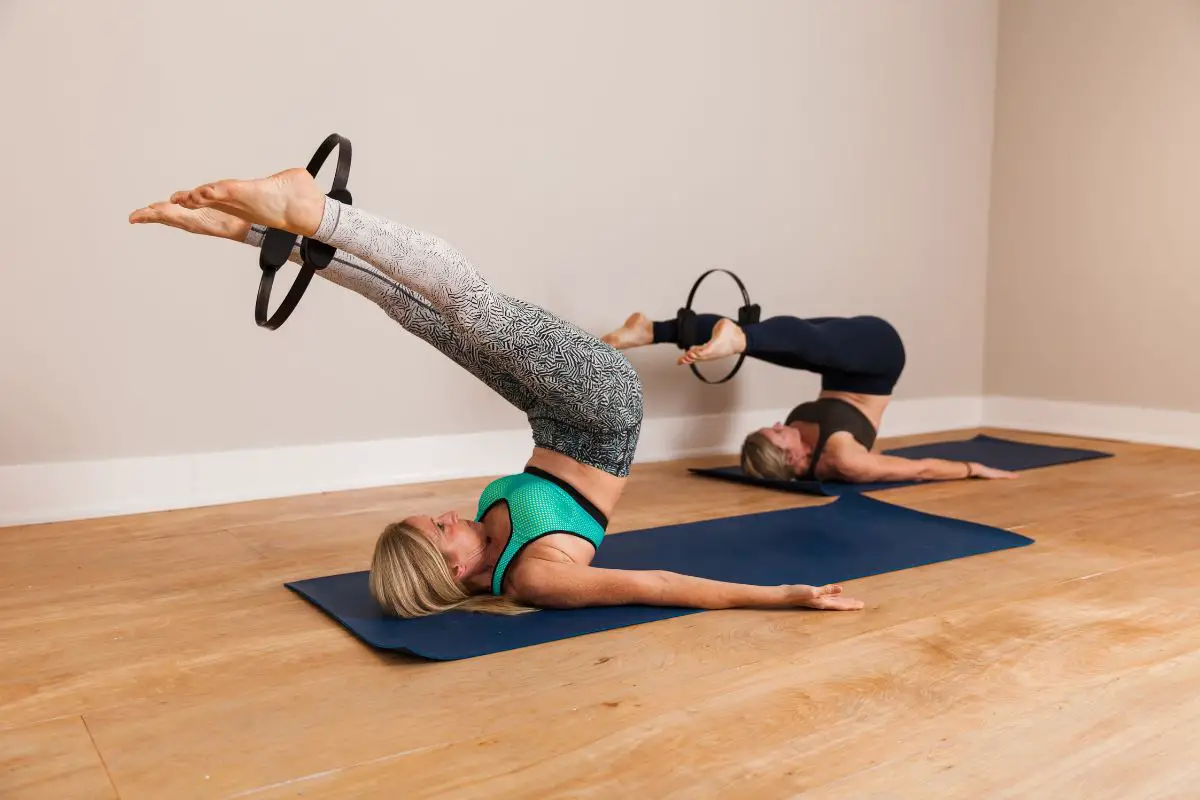
Exercise 2 – Double Leg Stretch
This exercise will work out your leg muscles and your spine. These areas will give you a hit of endorphins quickly, which is why it is the second exercise we are introducing to you. This speed of reaction is due to the connectivity between the spinal cord and the brain.
Step 1 – Lie on your back. Use a yoga mat if you need it, to make this comfortable.
Step 2 – Pull your knees up toward your chest.
Step 3 – Pull your head up towards your legs.
Step 4 – Extend your arms out parallel to your ears, while at the same time extending your legs out to a 45-degree angle. Inhale here.
Step 5 – When both arms and legs are extended at a 45-degree angle hold for 2 seconds.
Step 6 – Move your arms in a circular motion returning them to your legs, while at the same time returning your legs to the tucked-in position you created at the start. Exhale here.
Repeat this movement 5 times, ensuring that your abdominal muscles are focused and tight the entire time.
As you become stronger, you will be able to complete more repetitions and longer hold times. However, if this exercise seems too strenuous to begin with, lower the hold and repeat times to match your ability.
Exercise 3 – Spine Stretch
This third exercise is laxer than the second which means it will give you a greater moment to focus on mindfulness. Remember to take a couple of minutes break between all 4 exercises, to catch your breath.
Step 1 – Sit on the floor with your back straight.
Step 2 – Extend your legs in front of you, while keeping them mat width apart. If you don’t have a mat, move your legs apart so that they are not in line with your hips.
Step 3 – Keep your back straight.
Comfortability Break – If this position isn’t comfortable, bend your knees while maintaining the same straight back and wide leg shape.
Step 4 – Keep your feet flat, as if you were pushing against a wall.
Step 5 – Put your arms out into the air, in a parallel position to your legs.
Step 6 – Sit up as tall as you can, as though someone was pulling you up off the floor using your head. Inhale.
Step 7 – Bend your back forward, touching your head to your chest as you do so. Continue to make your spine tall as you do so, to help stretch the spine.
Step 8 – Using your hips, pull back to create tension between your legs and arms pulling forward. Exhale.
Step 9 – Hold for 2 seconds
Step 10 – Return your back to the Step 6 position.
Repeat this exercise 5 times.
Exercise 4 – Breathing
This last exercise is a cool down. The first three will have increased your blood flow, stretched your muscles, and forced you into deep breathing. All of these changes will have decreased the tension in your brain and relieve your migraine.
However, now we want to continue the mindfulness meditation process of pilates, to ensure the migraine doesn’t return for a while longer. This exercise you can complete whenever you feel the pain returning.
Step 1 – Lie on your back
Step 2 – Bend your knees while keeping your feet flat on the floor.
Step 3 – Place your hands over your ribcage.
Step 4 – Breathe in through your nose, and at the same time focus on your hands moving as a result.
Step 5 – Exhale through your mouth, and at the same time focus on your hands moving as a result.
You should do this at least 5 times before finishing the exercise, but the longer you complete this breathing motion the better the effects will be.
The idea is to focus on your breathing and allow yourself to forget the world around you. Your mind may wander to other thoughts and that’s okay. Let the thought play out, and then return it to your breathing.
You may find it helpful to think about how your feet feel against the floor, the way your breath is warming the air, or how your mind is starting to feel foggy. Focusing on physical sensations will help you stay within the mindfulness bubble.
Summary
Complete these exercises 3 times a week for at least 8 weeks to feel the full benefits of a reduced migraine. Whenever you sense the pain or tension returning, take a couple of minutes out of your day to focus on breathing and find a sense of calm.
